As I address you, my mind is bombarded with three words: “Creating Dental Awareness”. Over the last one year we have done in excess of 10,000 checkups and would like to share with you some of the statistics;
1. 32% brush twice a day.
2. 72.8 % had tooth decay (cavities) which is a concern and they needed urgent dental treatment.
- 63.2 % of the boys and 71.9 % of the girls had cavities.
- 56.26% between age group 0f 3 – 5 years had cavities.
- 73.81% between age group of 6 – 9 years had cavities.
- 67.83% between age group of 10 – 13 years had cavities.
- 71.29% between age group of 14 – 17 years had cavities.
3. 15.8% had rampant caries (7 or more decayed teeth).
4. 10.5% had one or more decayed teeth which needed extraction.
5. 29.7% had gingivitis which is inflammation of the gums, a periodontal disease.
6. 43.9% had tartar.
- 17.33 % had heavy tartar and needed urgent scaling. All these children were in the age group of 9 – 17 years which indicates that periodontal ( gum disease ) conditions increased with age. High levels of tartar reflect inadequate home and professional care.
7. 22.7% needed orthodontic treatment
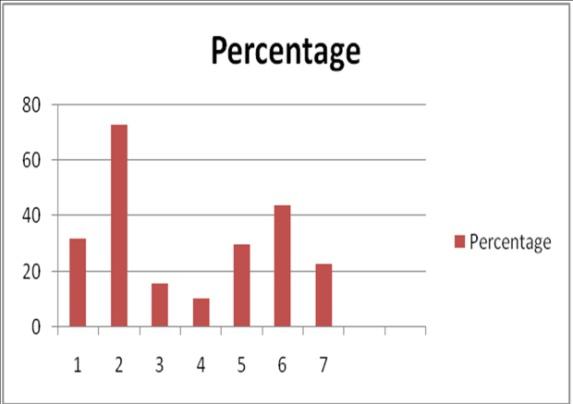 My analysis is that, given the dental decay’s progression “By the time the average child starts kindergarten, one out of 2 – 3 child already have tooth decay.”
My analysis is that, given the dental decay’s progression “By the time the average child starts kindergarten, one out of 2 – 3 child already have tooth decay.”
To understand the reasons for such high trend of tooth decay, we had a discussion with the parents of the children covered under this survey and the probable reasons could be attributed to the following:
- Many parents put their children to sleep with a bottle of milk when their child was bottle feeding. Sugar present in the mild continually nourishes the bacteria that are in the baby’s mouth. These bacteria in turn produce acids with causes tooth decay.
- Brushing only once a day and not brushing properly.
- Not flossing. In fact many did not know what is flossing.
- Regular consumption of “sticky food” like pastries, chocolate, potato chips, pop corn, jam etc which tend to stick to teeth
- Frequent snacking
- Not rinsing the mouth after having a meal
- No exposure / awareness to tooth-decay prevention measures such as dental sealant and topical fluoride application. Both fluoridation and dental sealants are proven methods for reducing dental decay. Dental sealants are protective coatings applied to the grooves and pits of molars; these tooth areas have been shown to be the most vulnerable to decay.
- Lazy parenting.
The Key Findings of about 3000 adultsOral condition is detailed below:
All of them were in the age group of 21 – 82 yrs.
1. 71 % had cavities.
- 9.2% had 7 or more cavities
- Average of 3.6% had cavities
2. 69.2 % had heavy tartar and needed urgent Scaling.
- Looking at the extent of tartar 19.8% had been identified to be diabetic
3. 78% had already lost one or more teeth due to decay.
4. 85% of the adults wearing dentures, were dissatisfied with their dentures.
5. 27.4 % had bad breath
6. 46.3% had gingivitis, a gum disease
7. 31% had irreversible gum disease
8. 3.8% suffered from Bruxism i.e grinding of teeth in sleep
9. 31% could have benefited from orthodontic treatment
10. 2.4% had been identified to have pre cancerous lesions.
11. Only about 19% brushed their teeth twice daily.
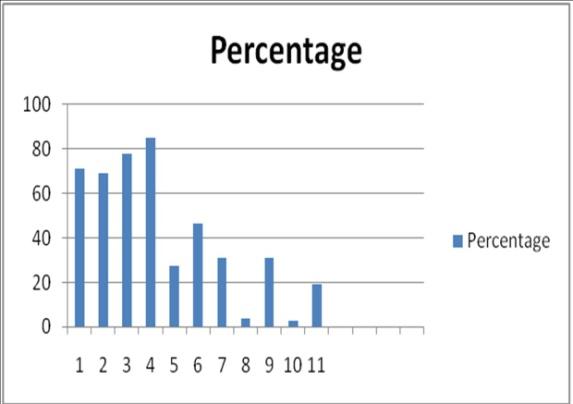 Looking at the statistics above, which is a “silent epidemic”, Our year focus will be to continue our mission of “Creating Dental Awareness”.
Looking at the statistics above, which is a “silent epidemic”, Our year focus will be to continue our mission of “Creating Dental Awareness”.
You too can help contribute in our campaign by helping us arrange a FREE DENTAL CHECKUP in your workplace, child’s school or the society where you live. OR be part of the free check up and keep your dental health up to the mark.








































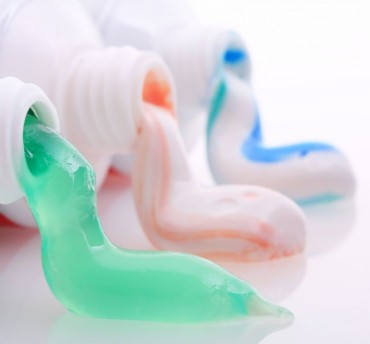











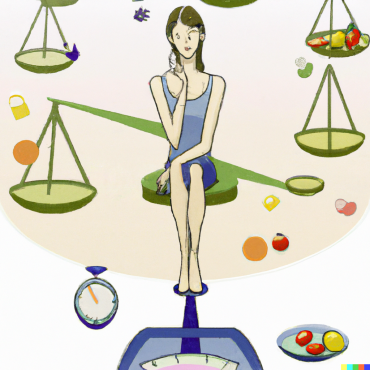

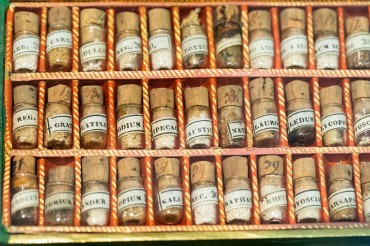


Comments